

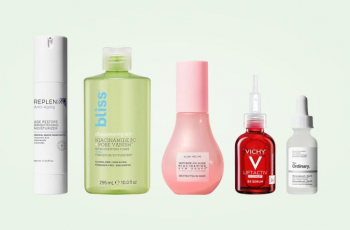
The Skincare Benefits of Pairing Vitamin A Serum with Niacinamide
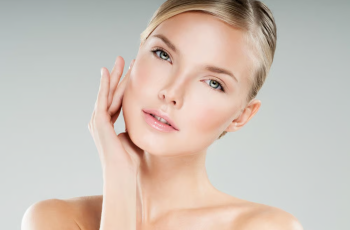
How to Safely Combine Salicylic Acid and Niacinamide in Skincare
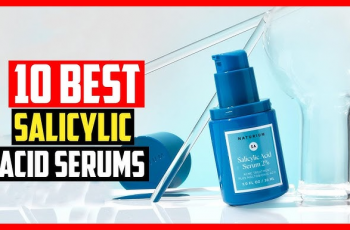
Can You Use Salicylic Acid Daily? A Guide to Healthier Skin
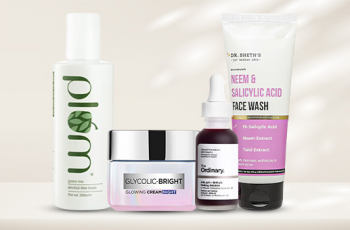
A Complete Skincare Guide to Using Glycolic and Salicylic Acid Together

Understanding Retinol and Ferulic Acid for Healthier, Youthful Skin
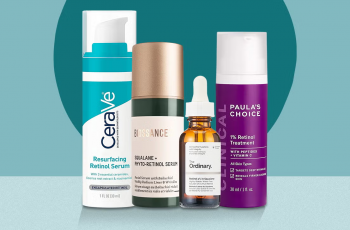
Retinol and Breastfeeding: Risks, Alternatives, and Safe Skincare Tips
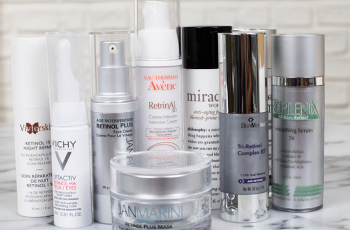
A Complete Guide to Using Retinol on the Delicate Eye Area
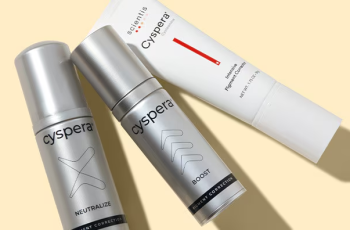
Essential Skincare Rules for Combining Retinol With Hair Removal
Ad Blocker Detected
Our website is made possible by displaying online advertisements to our visitors. Please consider supporting us by disabling your ad blocker.